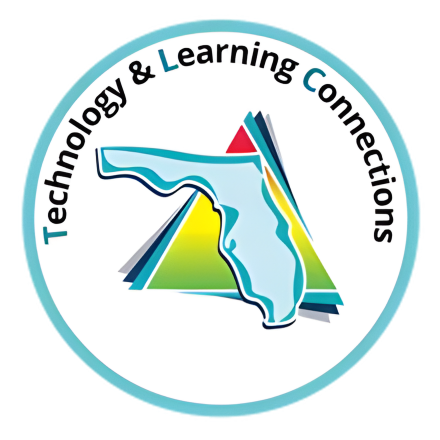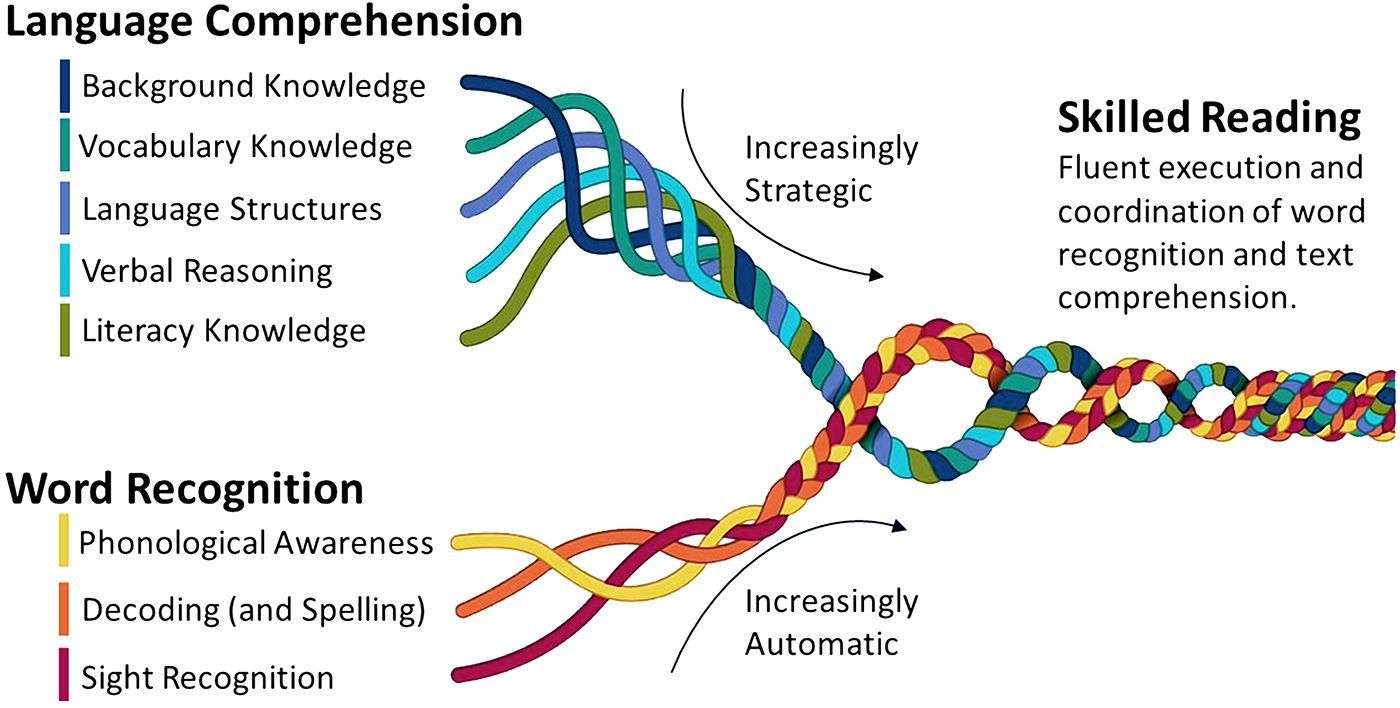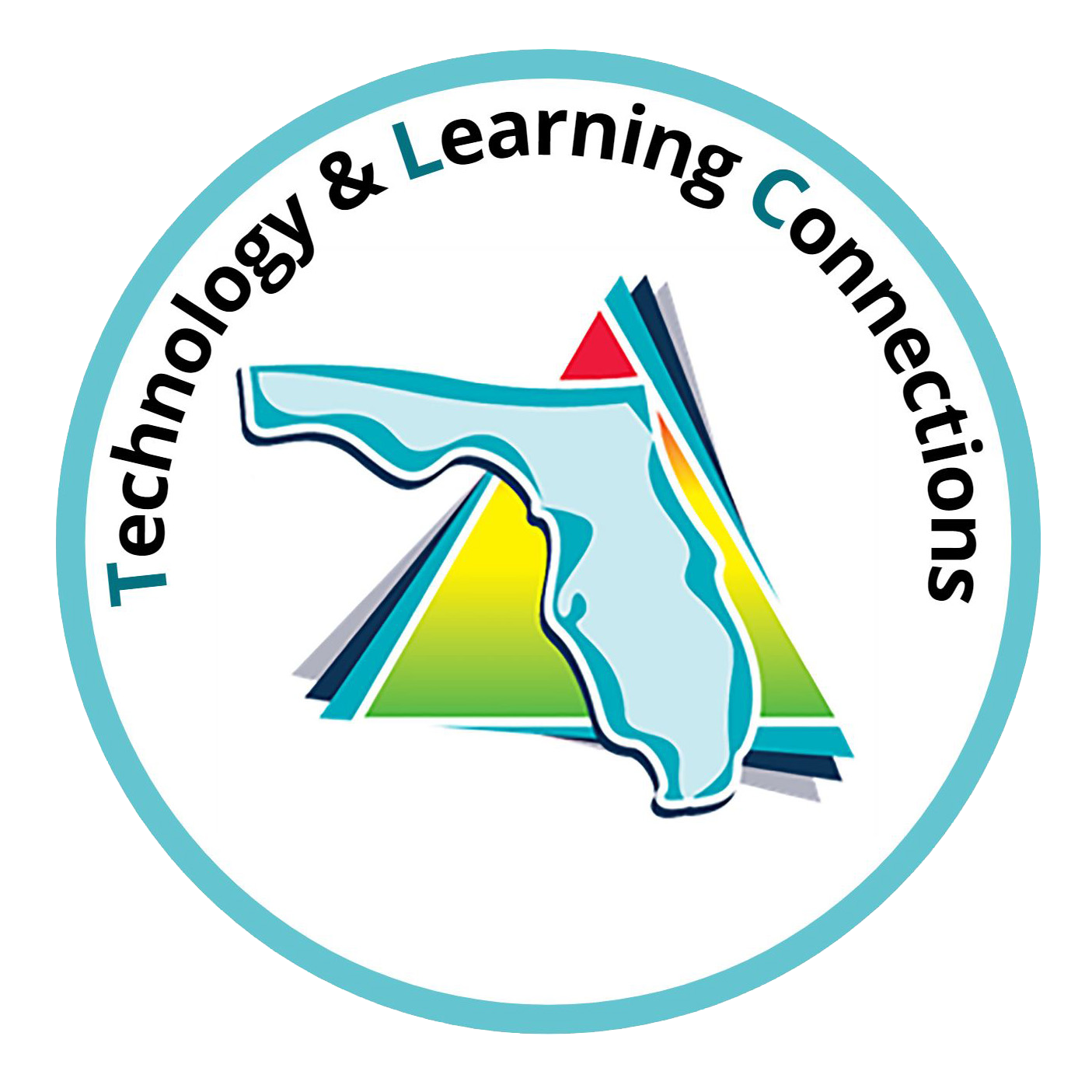English Language Arts

English Language Arts (ELA) is not a discrete set of skills, but a rich discipline with meaningful, significant content, the knowledge of which helps all students actively and fully participate in our society. It includes an interdependency of language comprehension and word recognition skills woven together.
Depending on the student's needs, ELA instruction can have a focus on word recognition (phonological awareness, decoding, spelling) or language comprehension (background knowledge, vocabulary, verbal reasoning, literacy). Typically the instruction is blended. Sometimes there can be a specific focus. In either case, improvements are reflected in overall reading comprehension.
The Simple View of Reading

The Simple View of Reading highlights student variability in the areas of word recognition and language comprehension. Providing effective instruction in any area with low performance will improve overall reading scores. For example, providing text-to-speech tools so a student who struggles with decoding can still successfully work with grade-level complex text will result in an increase in reading scores without the text-to-speech tools because the language comprehension skills have improved.
Assessment tools such as the uPAR provide grade level data on word recognition, language comprehension, and the impact of text-to-speech tools. This data can guide the strategic selection of tools and supports, as well as the provision of targeted reading instruction and intervention.


